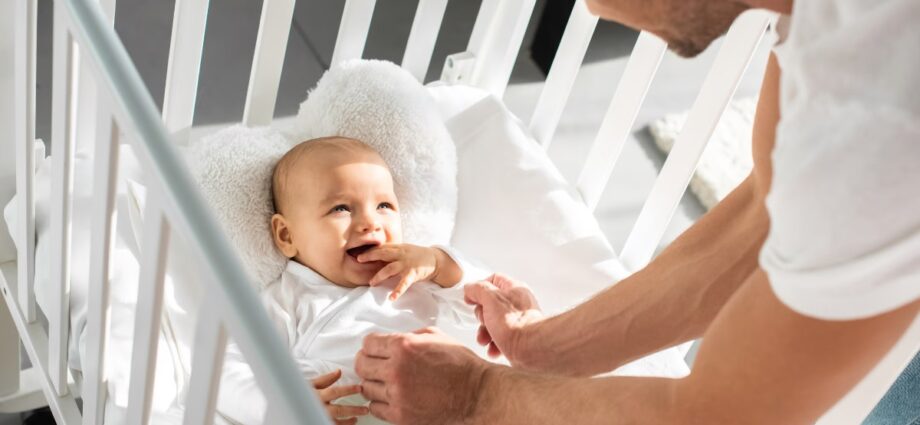Sudden Infant Death Syndrome (SIDS) is a devastating and unexplained phenomenon that claims the lives of thousands of infants worldwide each year. While the exact cause of SIDS remains unknown, research has identified several risk factors, including unsafe sleep practices.
One of the most critical factors in preventing SIDS is creating a safe sleep environment for infants, with the crib playing a central role. In this article, we will explore the importance of the crib in promoting safe sleep and reducing the risk of SIDS.
Understanding Sudden Infant Death Syndrome (SIDS)
Sudden Infant Death Syndrome (SIDS) refers to the sudden and unexplained death of an otherwise healthy infant, typically occurring during sleep. SIDS is the leading cause of death among infants aged 1 month to 1 year, with the majority of cases occurring between 2 and 4 months of age. While the exact cause of SIDS is still unknown, researchers believe that a combination of environmental, developmental, and genetic factors may contribute to its occurrence.
Creating a Safe Sleep Environment
Creating a safe sleep environment is crucial for reducing the risk of SIDS and ensuring the well-being of infants. The crib serves as the primary sleep space for babies and plays a vital role in promoting safe sleep practices. Here are some essential guidelines for ensuring a safe sleep environment in the crib:
- Use a Firm Mattress: The crib mattress should be firm and flat to provide adequate support for the baby’s growing body. Avoid using soft mattresses or cushions that could increase the risk of suffocation.
- Keep the Crib Bare: Remove all soft bedding, including blankets, pillows, and stuffed animals, from the crib. These items pose a suffocation hazard and increase the risk of SIDS. Instead, use a fitted sheet to cover the mattress.
- Position the Baby Correctly: Always place the baby on their back to sleep, both for naps and nighttime sleep. This position has been shown to reduce the risk of SIDS significantly. Avoid placing the baby on their side or stomach to sleep.
- Ensure Proper Ventilation: The crib should be located in a well-ventilated room with a comfortable temperature. Avoid overheating the baby by dressing them in lightweight clothing and keeping the room temperature between 68°F to 72°F (20°C to 22.2°C).
Choosing a Safe Crib
Selecting a safe crib is essential for promoting safe sleep practices and reducing the risk of SIDS. When choosing a crib for your baby, consider the following factors:
- Safety Standards: Ensure that the crib meets current safety standards set by organizations such as the Consumer Product Safety Commission (CPSC) or the Juvenile Products Manufacturers Association (JPMA).
- Sturdy Construction: Choose a crib with sturdy construction and no loose or missing hardware. Check for any sharp edges or protruding parts that could pose a risk to the baby.
- Slats Spacing: The slats on the crib should be spaced no more than 2 3/8 inches apart to prevent the baby from getting trapped between them.
- Convertible Options: Consider cribs that offer convertible options, such as transitioning into a toddler bed, to accommodate your child’s growth and development.
Conclusion
The crib plays a crucial role in promoting safe sleep practices and reducing the risk of Sudden Infant Death Syndrome (SIDS). By following the guidelines outlined above and creating a safe sleep environment in the crib, parents can help protect their infants and ensure they sleep soundly and safely. Remember, safe sleep starts with the crib.

